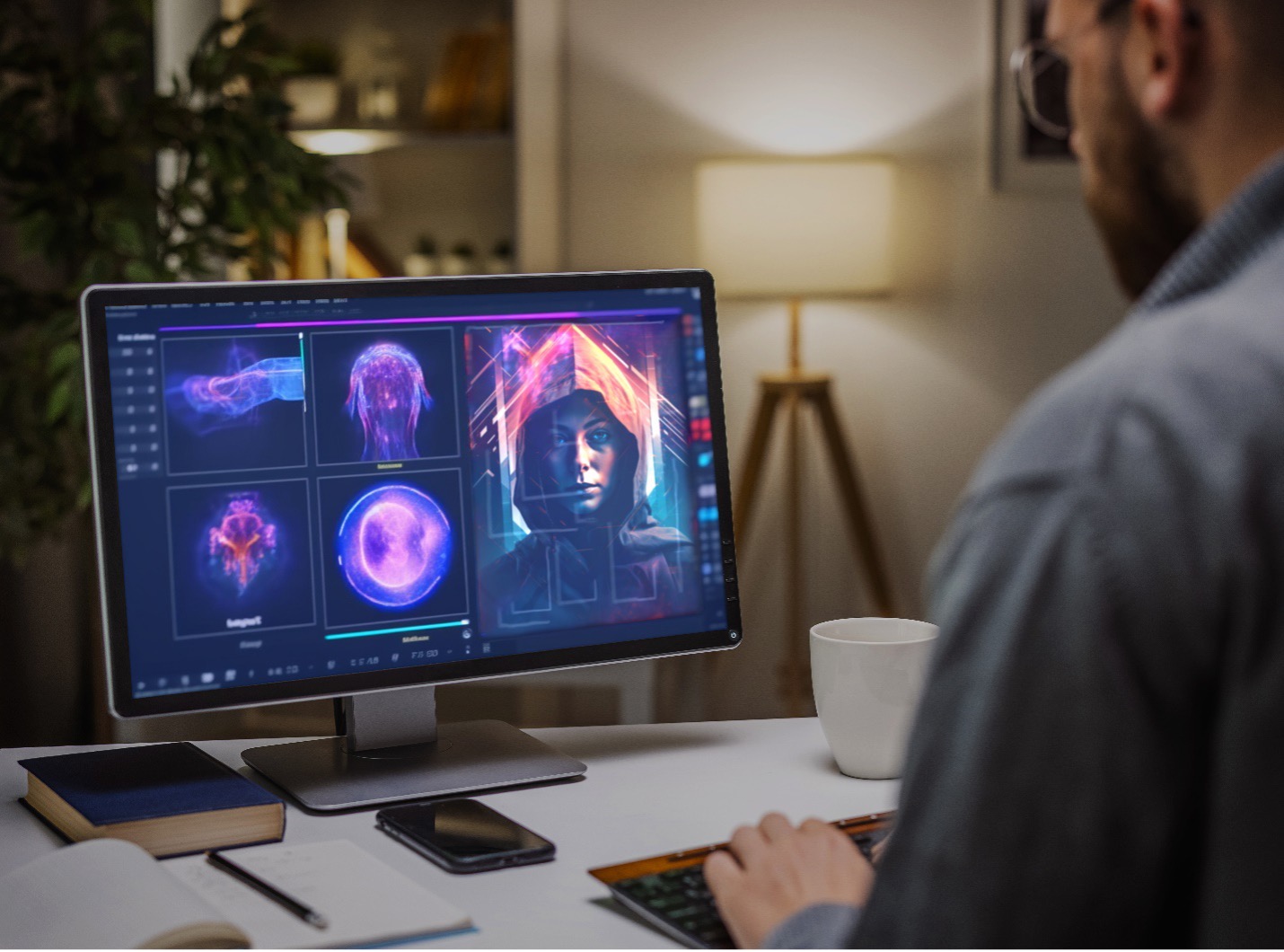Have you ever wondered how your favorite animations are made? It’s a fantastic process that needs to be done through several steps, and the specifics can depend on the type of animation and the tools used. Here we’ll go over the animation process step by step, so join us on this blog post to have a look at these steps that make stories come alive.
1. Research
Before you begin, you should research about your project and make sure you gather enough information to write the script (which is the second step). Research is the essential foundation of every animation. It guides creators through the uncharted territories of storytelling, design and character development. This phase diligent exploration of themes, historical context, visual styles and cultural difference, this allows animators to infuse authenticity and depth into their work. This part sometimes includes delving into art history for inspiration, studying movement and anatomy for character animation or research becomes the base that gives the imaginary worlds and characters life by ensuring that every frame resonates with a sense of realism and credibility.
2. Script
Creating the script for an animation is the second step. This step helps you define the idea for your animation by create a storyline, characters, and a script that outlines the dialogue and action. Whether it’s a comedy or drama, the script serves as a guide for animators, voice actors, and a keen understanding of pacing.
3. Storyboard
Storyboarding is the bridge between imagination and visual storytelling in process of creating an animation. It’s the blueprint where ideas take shape by translating the script or concept into a sequence of visual frames. Each frame of an animation represents a moment, capturing the essence of character, narrative, emotions, camera angles, etc. This step not only describes the flow of the story but also serves as a guiding map for the animation team. A solid storyboard sets the pace, tome and direction for the animation by forming the foundation for the magic that you see on screen.
4. Art Direction
Art direction is the phase where we come up with the best visual style to reflect the overall aesthetic of the animation. That includes everything from color schemes, character designs and background setting to lighting and overall visual tone. Art direction is the step where vision takes form and sets the artistic standard and also steering animation toward its captivating visual identity.
5. Voiceover narration recording
Voice-over is the step where voice actors infuse depth, emotion, and personality into the characters, narrating the story to help the audience understand the story and the message of the animation in a clearer way. This step makes characters more relatable and compelling so audiences can connect with them.
6. Illustration
Artists craft the detailed drawings and designs of characters, backgrounds, and scenes in this phase to bring them to life. Each drawing adds color and detail to make the final result look real and exciting by adding the visual spender and authenticity to captivating storytelling.
7. Animation
This step involves animators’ talent and knowledge to use each of those steps before and make the story alive. This phase employs various techniques, whether traditional hand-drawn animation, CGI, or stop-motion, to add movement and action to the characters and scenes. Animators animate each scene based on the storyboard and script to tell the story. Then, they render them out, and after that, it is time to apply post-effects such as visual effects, noise, color manipulation, etc.
8. Sound Design
In the process of producing an animation, once the visuals are completed and animated, sound design steps in to enhance the viewer’s experience. This involves creating and integrating audio elements like dialogue, music, sound effects and ambient sounds that complement the animation’s visuals to bring vibrancy and realism to the animated world.
9. Integration
Integration involves bringing together all the meticulously crafted elements into a cohesive whole. This step focuses on merging the animated visuals, sound design, special effects and any other components into a final product. Technical experts have to ensure that every detail aligns perfectly and to deliver a polished and immersive experience for the audience.
10. Deliverable
And the final step in production of the animation revolves around creating deliverable. Finished animation is now prepared for distribution and consumption by its intended audience. Additionally, this stage might need marketing materials, packaging or accompanying promotional content to support the animation’s launch. This last phase ensures that the final result is ready to reach its audience through streaming services, theater or any other distribution channels as intended by the creator.
Wrapping up
Creating an animation typically starts with an idea and writing down what happens. And after that, we have to go through many details in each step we take to reach the final results that audiences usually see. Each step adds something special to make the whole journey an exciting adventure.






